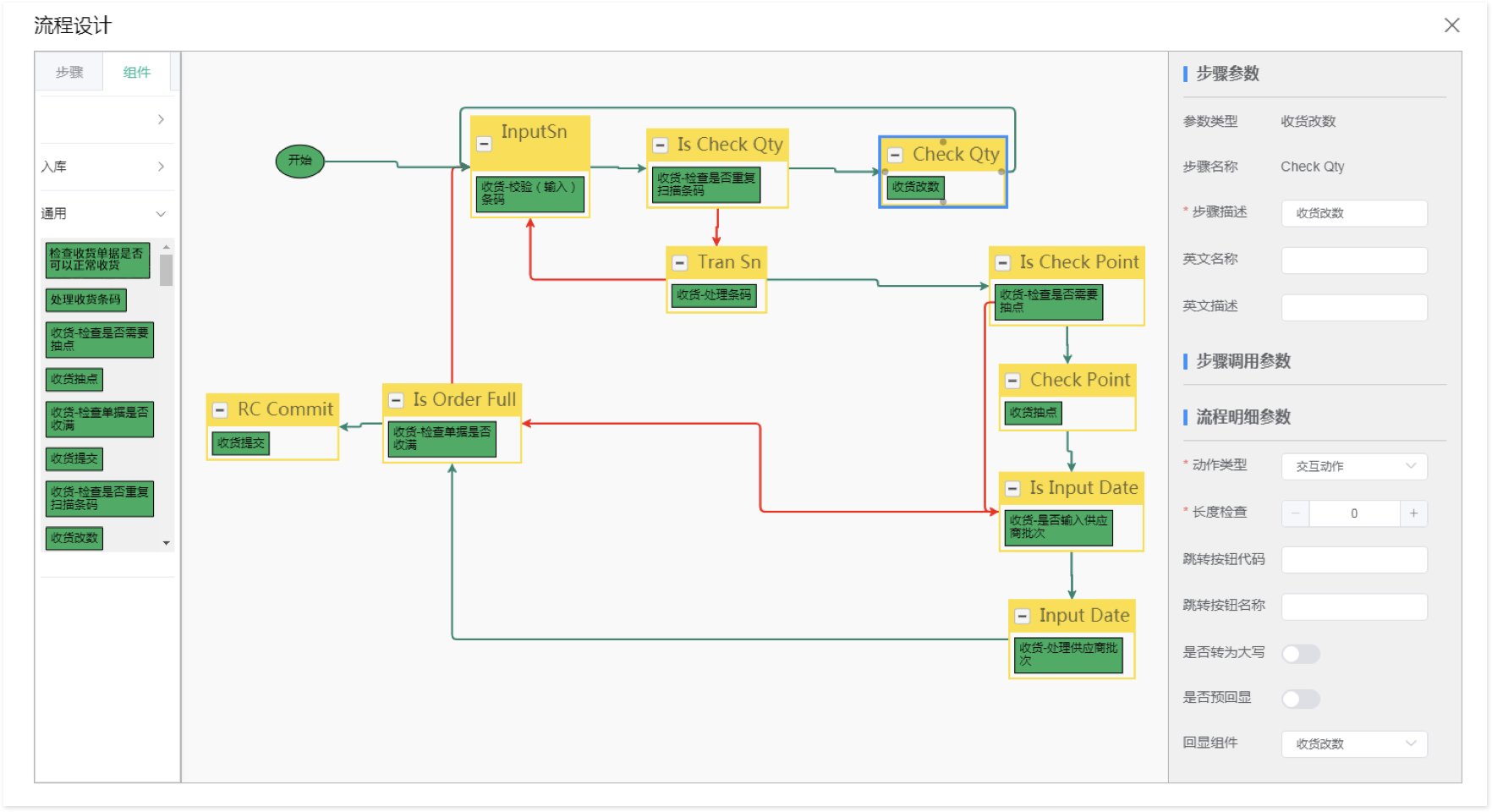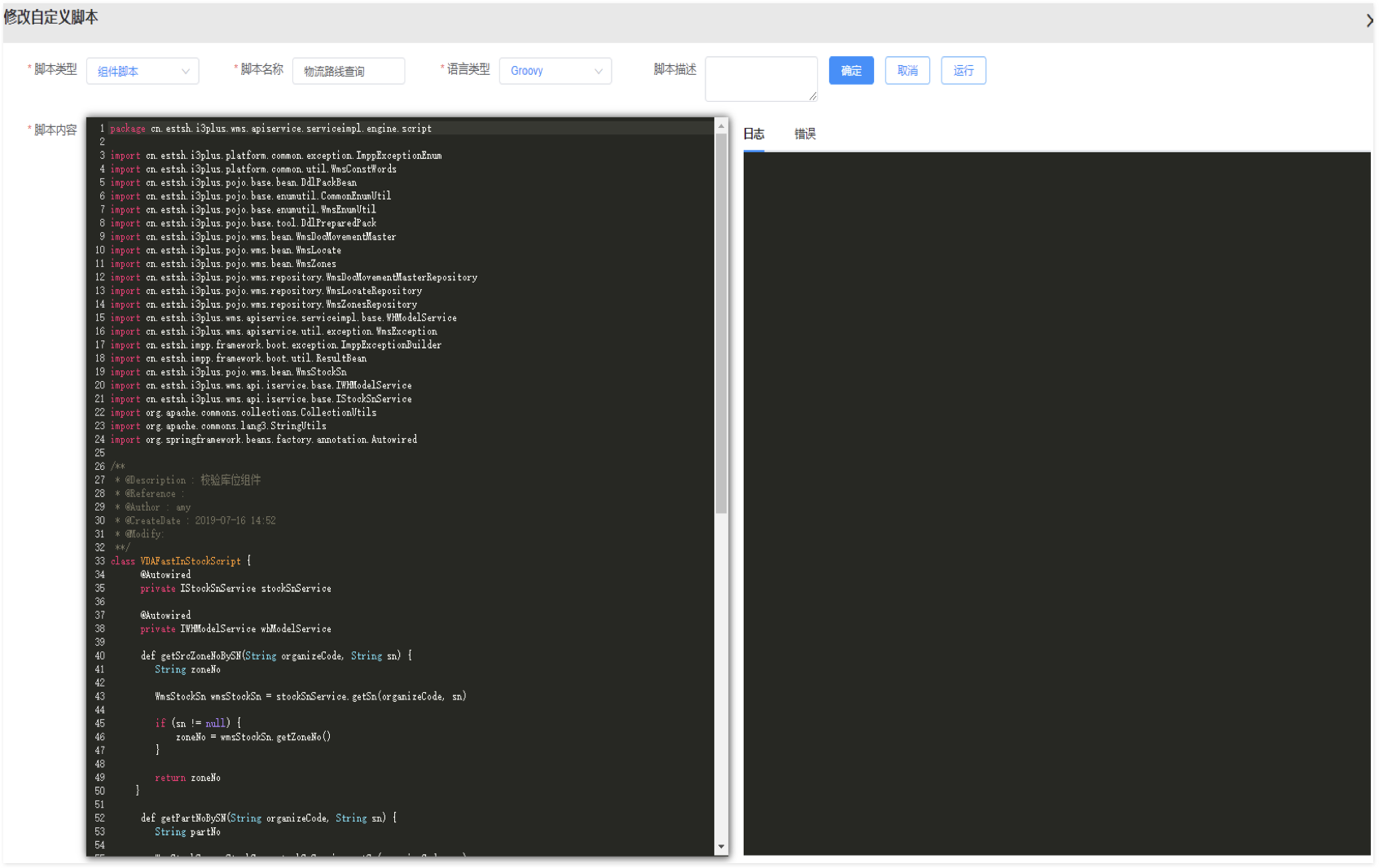
股票代码:833352
中文|




Along with the rapid development of automobile industry in our country, the people of car appearance, comfort, security, energy-saving requirement enhances unceasingly, such as the dosage of the plastic products in the auto parts are also constantly improve, polyurethane material because it has some unique properties, such as comfort, light quality, low price advantages, has been widely used in automobile industry. Accordingly, enterprises are paying more and more attention to the production processes and information control requirements of chemical materials such as synthesis, pouring and curing. Major automobile manufacturing enterprises are also realizing intelligent manufacturing layout of automobile chemical production by means of information construction and multi-system integration.
Basic concerns of customers:
·Simple and easy to understand the program system, can use different raw material formula;
·For different molds, can be flexibly set its pouring path;
·Production statistics can be performed to facilitate the traceability of production data for each foam component;
·Able to manage alarms and their causes;
·The whole production line can be integrated with the factory's central information system;
·Combined with sales plan to meet shipping and information traceability requirements;
Solutions:
· Hot foaming: hot foaming refers to a foaming process in which the mold is reacted in the processing furnace (the temperature in the furnace is generally between 220℃ and 250℃, and the first point is at 180℃) after pouring.
· Cold foam: the temperature of the cold foam mold is cooler than that of the hot foam mold (the temperature of the cold foam mold is between 50℃ and 70℃). The reaction process of the foaming mold is the same as that of the hot foam, but the mold does not need to be placed in the processing furnace for reaction. The mold is heated by hot water or electricity (the mold temperature is between 50℃ and 70℃). Mold cost is higher, energy consumption is lower, do not waste raw materials. At present domestic main engine factory is to use this kind of process basically.
· PU foaming: PU foaming is a foaming process in which the surface is not adsorbed/bonded to the fabric when removed from the mold. It is only different from adsorbed foaming in that the fabric is not adsorbed to the mold prior to castable, so the product does not adhere to the fabric. Passenger car seats are mostly made of PU foam.
·Adsorption foaming: used in engineering machinery seat, refers to foaming products in AB material pouring mold before, seat fabric adsorption in the mold cavity, is the fabric of the mold cavity completely fit, and then in the casting AB material. After foaming out of the mold, the foaming body and the fabric firmly together this process, called adsorption foaming.
·PIP: Similar to adsorption foam, but the PIP cover is pre-sewn, and then fixed in a mold. A chemical is poured into the sewn cover. The chemical reacts in the mold, and the foam is initiated to support the cover. This foaming method is used more on headrest and armrest, making the product more artistic than manual covering.


· Advanced production scheduling
Production scheduling rule configuration: by configuring various planning to implement automatic production scheduling process, the rules mainly include: requirements gathering rules (which business data collection, as product demand), supply collection rules (which data collection as existing products), capacity to collect rules, production strategy, exceptions and constraint rules, rules of distribution etc.
Planning workbench: check the advanced scheduling results and key indicators (such as equipment utilization rate, inventory rate, etc.), compare the difference of several calculation results, and then the planner can select and adjust the scheduling results, and release them into executable work orders or production plans
· Work order management
Release of work order: the planner will release the work order after confirming it is correct, and the released work order will go to the next step (such as printing flow card, production and dispatching, etc.), and push it to the interface of production line to guide production
Work order opening & suspension: (1) Before the start of production, the team leader will type the start order, systematically track the prenatal inspection tasks (such as equipment spot inspection, product first inspection, etc.), quality inspection tasks, etc., if not completed on time will be early warning; (2) When the production process cannot continue due to special circumstances (such as mold damage, auxiliary machine failure), the work order can be suspended until the resumption of production and then re-opened
Tracking work order execution: the system supports tracking work order execution, including: production progress (planned number, completed number, unqualified number, wIP number, etc.), quality data (quality problem, processing and testing data, quality analysis), pre-production preparation, etc.

· Mold management
Mold change plan: the system automatically calculates mold change plan (similar to advanced production plan) based on released work order (production plan) and mold status, and the planner will adjust the plan according to the actual situation and release it as mold change plan.
Mold collecting: the system will automatically match the mold changing plan by scanning the unique code of the mold. If not, users will be prompted to input the exception instructions. The system will track the real-time status of each mold.
Mold books: record all information in mold life cycle, including mold technical parameters, suppliers, storage date, allocation information, maintenance information, maintenance information, technical data, etc.
Mold maintenance & repair: the system supports setting mold maintenance rules (such as small maintenance every 1000 times, large maintenance every 5000 times), tracking the number of each mold, and automatically generating maintenance plan and reminding engineers when the preset rules are reached. The engineer will record the maintenance result after completing the maintenance. The system supports the creation of maintenance work orders, which record the detailed information of each mold maintenance, including fault causes, replacement of spare parts, and solutions.
· Production process tracking and control
Dispatching management: the system supports customization of dispatching rules, such as skill requirements and order of excellence, so that the system can automatically dispatch workers according to the rules. The system can adjust the result of automatic dispatch, release the adjusted result to the workstation interface and notify corresponding employees. Employees work according to this plan, and the system checks the authority.
Big foaming station interface: ①, system real-time display current production plan (including: product, planned number, poured number, remaining number, etc.), pouring parameters, pouring quantity analysis, production plan to start, so that employees can know the current production status at a glance; (2) If individual tracking can be achieved in business, each packing will be scanned one by one, and when the packing is full, the packaging label will be automatically printed and bound to each product, so that the system can accurately track the information of each product. (3) If the business is not tracked by a single piece, manually click print bar code after packaging a box, the system will automatically track the product according to the first-in, first-out principle.
Small foaming station interface: ①, the system real-time display of the current production plan (including: product, planned number, poured number, remaining number, etc.), pouring parameters, pouring amount analysis, to start the production plan, so that employees can know the current production status at a glance; (2) The system can track the transfer of a batch of semi-finished products from one operation point to another operation point by scanning the circulation card, and statistically track all the wIP data; (3) Scan single bar code or circulation card before packaging, and automatically print packaging labels and bind them to single bar code or circulation card after full container. The system can accurately track the information of each product or batch (circulation card).

